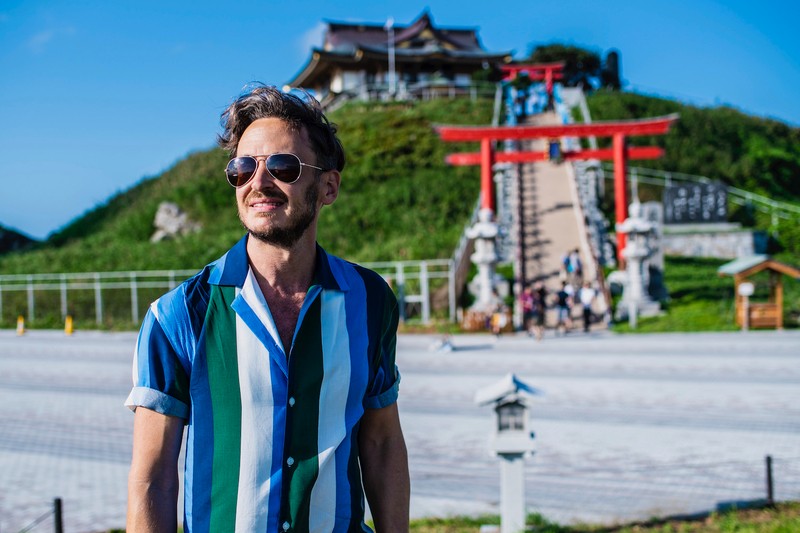If you’re considering about visiting Japan during the months of July, August, or September, there are eighteen things about “Summer in Japan” that you need to know. In this post, you will learn how to survive the summer heat in Tokyo, as well as what to do in Japan and other parts of Asia. Let’s not waste any more time and begin.
Are summer travel plans taking you to Tokyo? Be sure you know when it’s best to plan your vacations!
In Japan, the rainy season (, tsuyu) starts in late April or early May and lasts until the middle of June. Following then, the months of July and August tend to be the hottest in Japan. Although June, July, and August make up “summer,” in practise the season runs from mid-May to mid-September. If you can time your vacation to Japan during this time frame, you may bring your new summer outfits instead of your bulky winter coats and jackets.
Summer is when many tourists visit Japan, but it doesn’t always make it the busiest season. If you plan your trip to Japan around the cherry blossom and autumn foliage seasons, you may be able to save money on hotel rooms and find more availability. This is due to the fact that between May and September, the vast majority of foreign tourists go to Japan.
Packing tips for a summer vacation in Japan
You already know this, but I’ll say it anyway: bring a hat or sunglasses or sunscreen or anything (or buy a Japanese sunscreen product when you arrive). The sky above Japan often get foggy in the summer, so if you intend on going outside while the temperature is over 37 degrees Celsius, you should definitely have an umbrella with you. For a number of reasons, summer in Japan requires significantly less thought when preparing a suitcase than any of the other seasons. Only if you plan on visiting Hokkaido in the summer or want to climb Mount Fuji or another peak should you consider bringing any warm clothing with you to Japan. But, you should consider purchasing a lightweight waterproof jacket in preparation for the heavy rains that may occur in throughout summer in japan.
The most important thing is to have a good pair of shoes that fit well, is comfortable, and enables air to flow. To accommodate the possibility of walking farther than usual (maybe between 5 and 8 kilometres, or around 3 to 5 miles) during your stay in Japan, pack a supportive pair of walking shoes or sneakers with a good ventilation system. As a last piece of advice, we strongly urge you to carry a portable electric fan. The Japanese hand fans are available for purchase and make wonderful mementos, but electric and battery-powered fans are more effective at cooling you off.
If you must visit Japan in the summer, do it with caution lest you faint from the heat.
The streets of big cities like Tokyo are paved with asphalt and concrete, and towering skyscrapers seem to sprout out from the ground like trees. This contributes to the generally high temperatures seen in this area close to Earth. Yet, all buildings in Japan are equipped with state-of-the-art air conditioning, so stepping inside may leave you feeling a little chilly. An increased risk of catching a cold in the summer occurs when sweat is drained by air conditioning.





